Take This Park and Wire It: BMW Wants to Get Your EV to the Hills

It’s looking like some sites just might not be feasible. Still, BMW, in partnership with the National Park Foundation, National Park Service and Department of Energy, has hatched a plan to lure electric vehicles out of their safe urban confines and into the wilderness.
It’s starting in New Jersey, about 12 miles west of New York City. (Hey, you have to begin somewhere.)
While the first EV charging station installed by the group can be found, fittingly, at Thomas Edison’s Glenmont laboratory in Llewellyn Park, NJ, plans are afoot to add up to 100 stations in or near national parks in the near future.
You might not see any in the Dry Tortugas, and Denali seems a little remote, but the advent of longer-ranged EVs has made emissions-free road trips possible (at least, with some planning). The current crop of low-cost, Interstate-happy electrics, led by the Chevrolet Bolt, should fuel some demand for the stations, despite EVs making up less than one percent of the U.S. vehicle market.
In a joint news release, the partners said that a team will identify appropriate locations for charging stations. Some could be in towns close to national parks, allowing an EV to slip into the wilderness and back. The site’s proximity to EV-heavy markets is just one of the considerations being looked at.
While the parks people imply that there won’t be a BMW-branded hookup spoiling anyone’s scenic photo, enough opportunities exist to make the initiative worthwhile.
“Dozens of parks have already expressed interest and are exploring site options,” the release states. The Department of Energy’s Clean Cities program and BMW will handle the technical side of things.
As of late, there’s no shortage of automakers teaming up with various levels of government to bring electrification to consumers. In its home continent, BMW has already joined with Ford, Daimler and Volkswagen Group to proliferate a high-speed charging network across Europe.
Distances are far greater in the U.S., and national parks are often well off the beaten path. It will be interesting to see if BMW uses its longest ranged electric vehicle — the 114-mile i3 — as a yardstick when it comes to measuring station-to-station distances.
[Image: Wikipedia ( CC BY-SA 3.0)]

More by Steph Willems
Latest Car Reviews
Read moreLatest Product Reviews
Read moreRecent Comments
- Cprescott Golf carts were so 1900 and so 2020. Everyone who wants one has one and is trading them in for hybrids.
- Cprescott If it were Honduh or Toyoduh's I would set it on fire.
- EBFlex Remember this is an area of the market with what we’re told is insatiable demand that current production cannot meet. Yet Tesla, the only real EV player in North America is laying people off. This is bad news bears for the EV market. Maybe the government can make demand even more artificially inflated to correct this major problem
- Kwik_Shift_Pro4X "That's a shame." ---- J. Seinfeld
- Master Baiter Cells capable of accepting fast charge have been available for years in power tools. You sacrifice energy density in cell designs of that type.

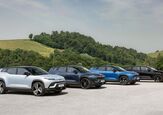
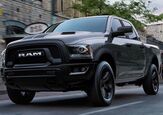













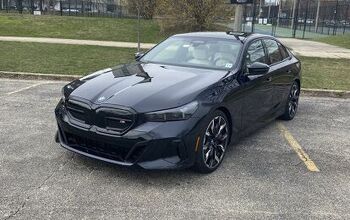



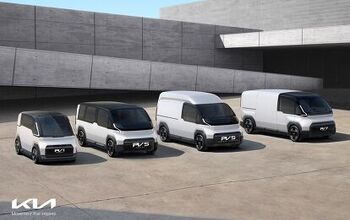
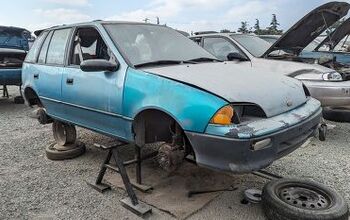
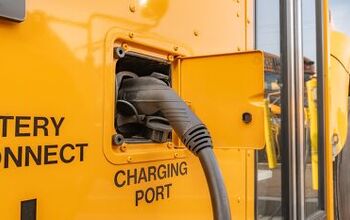
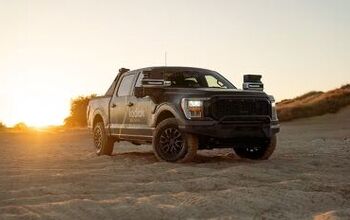
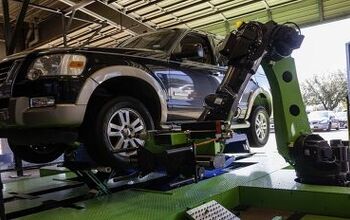
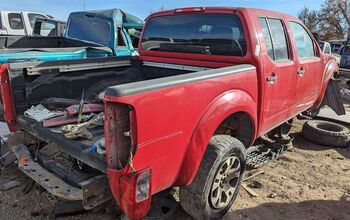
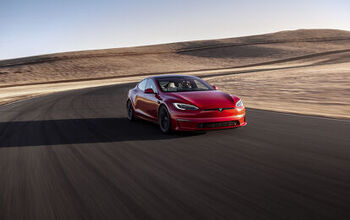

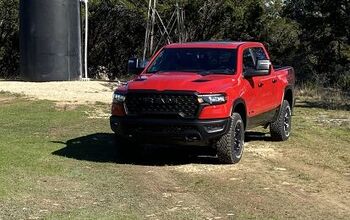

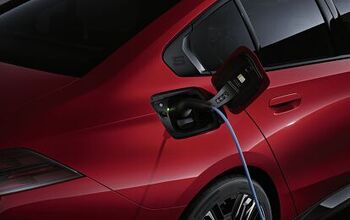
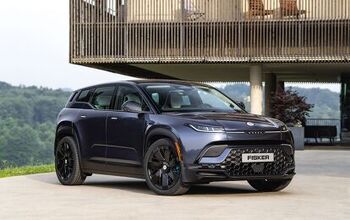

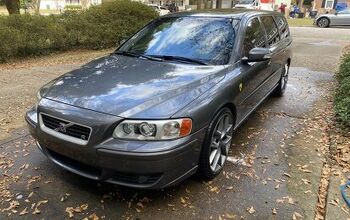
Comments
Join the conversation
I get the impression that the majority of these National Parks are readily accessible by vehicle.
How many EV charging standards are there? I know Tesla is different but what about the rest? Can different makes use different chargers? I honestly don't know as my EV experience is limited to an 08 Club Car. Anyway seems that needs to get sorted somewhat.